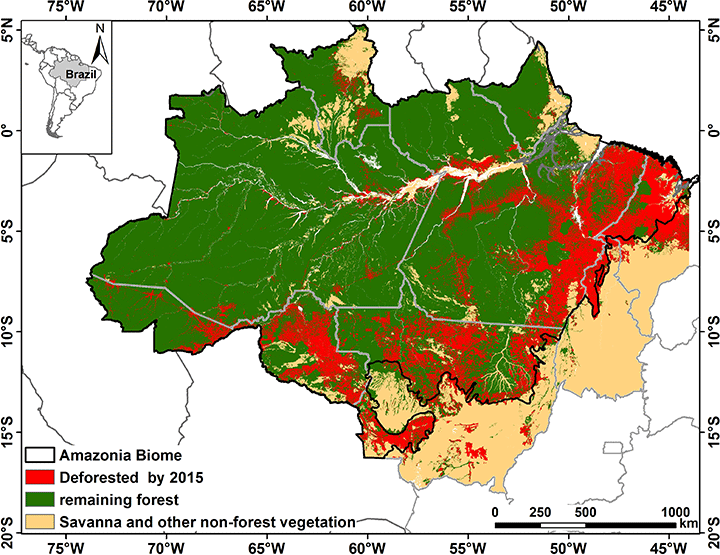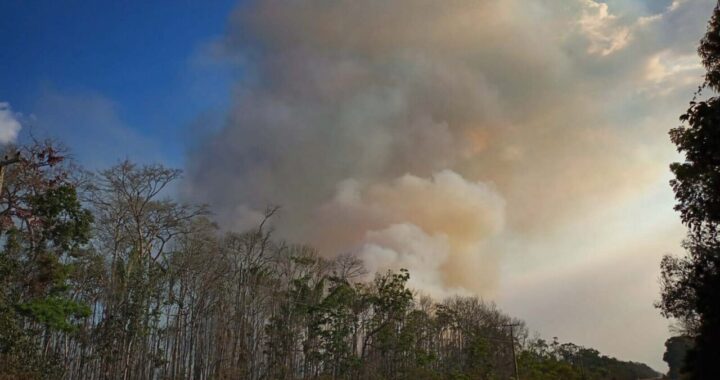A recently published scientific study, Amazon forest biogeography predicts resilience and vulnerability to drought, reveals that the so-called “arc of deforestation”, known for its high rates of deforestation, is exceptionally vulnerable to drought. The study, published in the journal Nature, underscores the urgent need for immediate action to protect this critical region from irreversible damage.
The Amazon rainforest, known for its significant carbon sequestration capacity, is currently under severe threat from deforestation and drought-induced collapse. Recent research shows that the forest’s response to drought is diverse, with some regions showing resilience through increased photosynthesis, while others show vulnerability through browning and tree mortality. By integrating remote sensing data with on-the-ground measurements, scientists have been able to determine that factors such as water table depth, soil quality, and vegetation characteristics play a critical role in determining the resilience or vulnerability of the forest.1
In the southern part of the Amazon, forests with shallow water tables show resilience to drought by increasing photosynthesis, but this resilience diminishes as droughts persist. Conversely, forests in the northern region, composed of slower growing but more resilient trees, are better able to withstand drought regardless of water table depth. This research underscores the importance of understanding the differential responses of different forest ecotopes to drought in order to facilitate informed conservation strategies and to predict how the Amazon rainforest will respond to impending climate change. It also serves as a warning that the Amazon’s most productive forests are at increased risk of collapse due to longer and more frequent droughts.1
Postscript
Deforestation in the Brazilian Amazon is the fastest, with figures as high as 80%, along a curve that spans the southeastern edge of the forest that scientists have dubbed the “arc of deforestation”. The construction of new highways is expanding deforestation further into the heart of the Amazon. One of the major concerns is the reconstruction of the Manaus-Porto Velho highway BR-319 (supported by the Lula government), which connects the deforestation arc to central Amazonia. This development allows deforestation to spread from Rondônia to vast areas of Amazonas and Roraima, with planned secondary roads facilitating access to the vast intact forest in the western part of Amazonas state.2

Deforestation through 2015 in Legal Amazonia and the Amazonia biome. The “arc of deforestation” is the heavily impacted crescent-shaped area along the eastern and southern edges of the forest (deforestation shown in red). Data from Instituto Nacional de Pesquisas Espaciais (2017a).
Notes
1 Amazon forest biogeography predicts resilience and vulnerability to drought – Shuli Chen, Scott C. Stark, Antonio Donato Nobre, Luz Adriana Cuartas, Diogo de Jesus Amore, Natalia Restrepo-Coupe, Marielle N. Smith, Rutuja Chitra-Tarak, Hongseok Ko, Bruce W. Nelson & Scott R. Saleska
2 Deforestation of the Brazilian Amazon – Philip Fearnside

